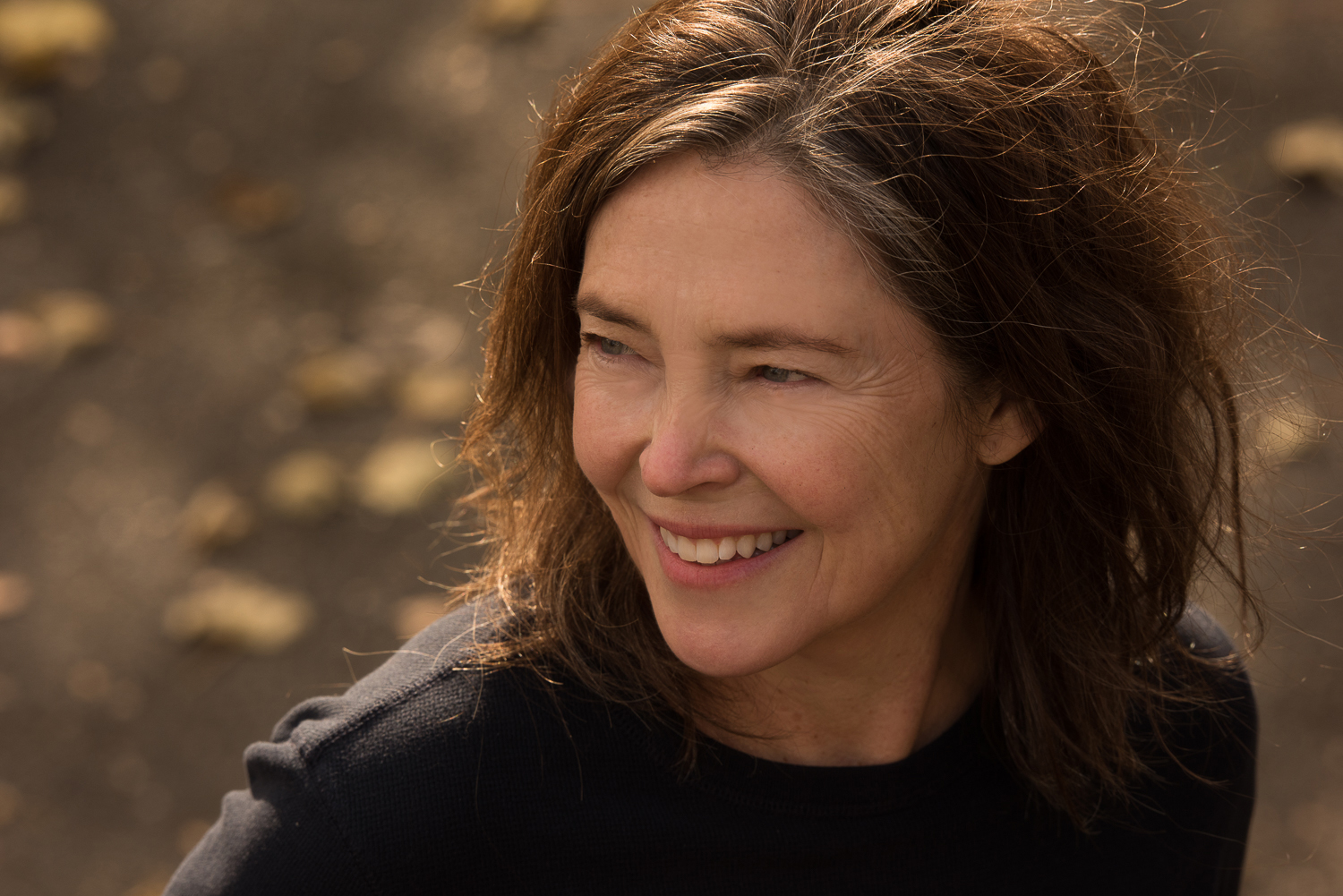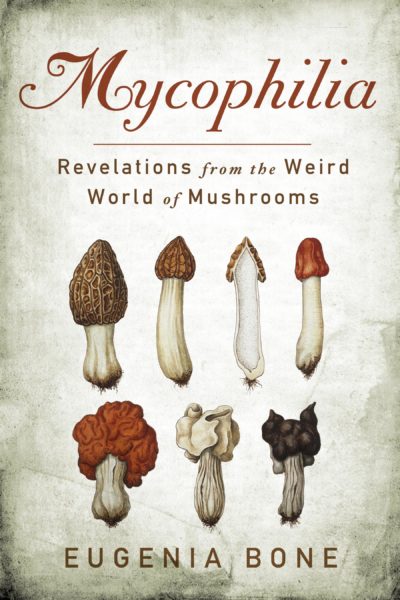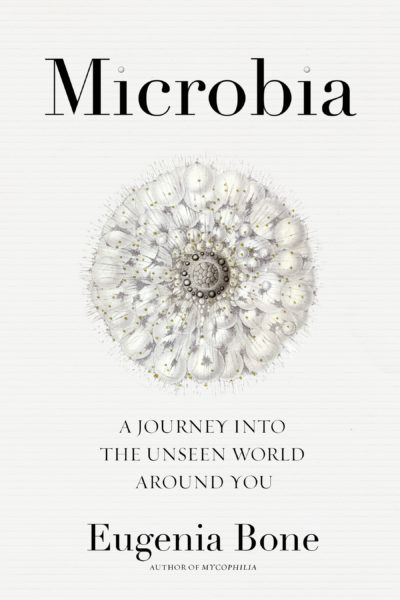
09 Aug Telluride Mushroom Fest: Eugenia Bone,”Unseen World” & Cooking
The 38th annual Telluride Mushroom Festival takes place Thursday, August 16 – Sunday, August 19. The full schedule is here. Migrate around the site to find info on presenters, venues, book-signings etc. Or simply filter by topic or venue. Tickets/passes here.
Don’t miss the opening micobrew party at the Sheridan Opera House on Wednesday, August 15.
The Gondola Plaza Mushroom Extravaganza, formerly known as the Chef’s Cook-off, takes place Friday, August 17, noon, at Gondola Plaza. This year, Olga Cotter coordinates the event.
The Telluride Mushroom Festival parade, which takes place on Saturday, August 18, 4 p.m., is open to the general public. The over-the-top spectacle is not to be missed.
One of this year’s popular returning speakers is author Eugenia Bone. She will be sharing fun, surprising facts about the world of microbes and our microbiome, based on findings in her latest book, “Microbia.” Eugenia is also offering two cooking classes.
Please scroll down to listen to a podcast featuring Eugenia Bone.

Eugenia Bone, courtesy Susan Hornyak.
They are the new hot chick in the science club.
Found in water, in the soil, in the air and in our bodies, microbes are tiny forms of life that surround us. The human body is also home to millions of these microbes, also called microorganisms, which outnumber our own cells about 1.3 to one, according to a 2016 study.
Scientific sources explain that some microbes make us sick; others contribute mightily to our health. The most common forms of microbes are bacteria, viruses – and fungi.
Bacteria are single-cell organisms. Some need oxygen to survive; others do not. Some love the heat; others prefer a cold environment. Well-known bacteria include, for instance, salmonella and staphylococci, however, less than 1% of all bacteria are responsible for diseases. In contrast, many bacteria live on or in our bodies and help us stay healthy by, for example, supporting our immune system and fighting germs.
In contrast to bacteria, viruses have no cells of their own, which means they are not technically living organisms. Viruses are made up of one or more molecules that live inside a protein shell. The genetic information found inside of their shells is needed for the viruses to reproduce. Many viruses are responsible for diseases, some relatively harmless like the common cold; others not so much: the HIV virus causes AIDS.
The best-known fungi include yeast, mold and edible fungi like mushrooms. Just like bacteria, some fungi naturally occur on the skin or in the body. Fungi can also cause diseases, but humans have have also profited from the beneficial qualities of some fungi. We owe the discovery of penicillin to a mold.
Bottom line: Microorganisms are everywhere. Our bodies harbor a huge array of them. While bacteria are the biggest players, we also host single-celled organisms known as archaea, as well as fungi, viruses and other of the aforementioned microbes – including viruses that attack bacteria. Altogether these organisms are dubbed the human microbiota. Your body’s microbiome is all the genes your microbiota contains, however colloquially the two terms are often used interchangeably.
Every day there seem to be new headlines about how our gut microbiome is making us skinny or fat, or about the bacteria lurking on our toothbrushes, iPhones, toilet seats, or the effects of antibiotics used in industrial farming methods, or how probiotics are a cure-all.
At the 38th annual Telluride Mushroom Festival nationally known nature and food writer Eugenia Bone is scheduled to make sense of microbes. In her one-hour talk, “Ten Insights into the Unseen World,” scheduled for Saturday, August 18, 10:30 a.m., Eugenia will explore “the ways microscopic organisms like bacteria and fungi are the hidden force behind so much in our lives, from the health of our guts to the composition of our atmosphere. Understanding their roles in nature and our day-to-day is key to human health and the health of the planet. The takeaway? Life itself is a vast conspiracy of microbes.”
For 20 years, Eugenia’s principal focus as a writer and media figure has been on food. Her stories appeared in newspapers and magazines across the country, from The New York Times to The National Lampoon, in Saveur, Food & Wine, Gourmet, Fine Cooking, The Wine Enthusiast, and Martha Stewart Living, among many others. She also write a blog, kitchenecosystem.com and lectures and performs demonstrations on preserving and mushroom cooking in venues like the Museum of Natural History, the Denver Botanical Gardens, and the New York Public Library.

It was while researching her book about mushrooms, “Mycophilia: Revelations from the Weird World of Mushrooms,” that Eugenia became fascinated with microbes. Specifically, she wanted to understand the microbes that live inside other living organisms like plants and people. But as she began reading books, scholarly articles, blogs, and even attending an online course in an attempt to grasp the microbiology, she quickly realized she could not do it alone, so she enrolled at Columbia University to study “Ecology, Evolution, and Environmental Biology.”
“Microbes,” Eugenia explains, “invented living and as a result they are implicated in every aspect of every life.”
Her “Microbia: A Journey into the Unseen World Around You,” chronicles the year Eugenia returned to college. Set against a backdrop of her misadventures in academia, the book explores what microbes are and how they live and compares the microbiomes of soil, plants, animals (that includes us) and spaces.

Eugenia Bones previews some of those findings at the Telluride Mushroom Festival, including the wrongheadedness of labeling some bacteria “good” and others “bad,” the science behind biodynamic farming, “microbiomania” vs “germaphobia,” and how microbes provide a new definition of family.
She also is scheduled to to lead two cooking classes.
More about Eugenia Bone:

Eugenia Bone, courtesy Susan Hornyak.
Eugenia Bone is a critically acclaimed journalist, with an emphasis on nature and food, and former president of the New York Mycological Society. She is a member of the National Association of Science Writers. Her previous books include Mycophilia, The Kitchen Ecosystem, At Mesa’s Edge, Italian Family Dining, and Well Preserved. Her books have been nominated for a variety of awards, including a Colorado Book Award and James Beard Award, and her work has appeared in The New York Times, The Wall Street Journal, Saveur, Food & Wine, and Gourmet, among others.


Sorry, the comment form is closed at this time.